If you've never tried Korean spicy chicken stew, let me introduce you to one of my all-time favorite comfort foods - dakbokkeumtang (also known as dakdoritang). This dish is a staple in many Korean homes, and once you taste it, you'll understand why. It's warm, cozy, and full of bold, satisfying flavors that hit just the right spot, especially on chilly days or when you need a little food hug.
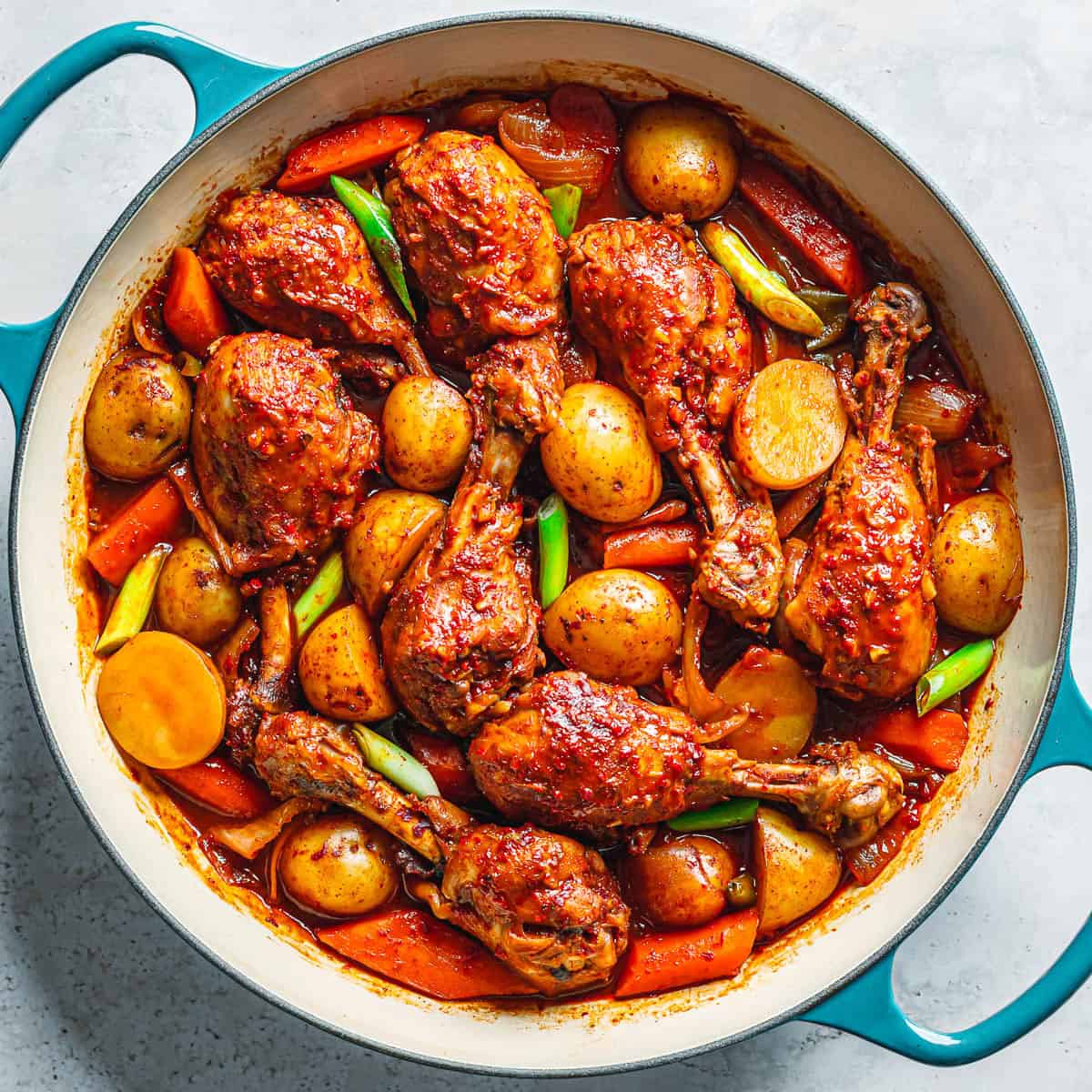
What I love most about dakbokkeumtang is how easy it is to make. It all comes together in one pot, which means less mess and more flavor.
The chicken is braised in a delicious mix of gochujang (Korean red chili paste) and gochugaru (Korean chili flakes), giving the stew its signature spicy, savory, and lightly sweet taste. Add some potatoes, carrots, and onions, and you've got a hearty, comforting meal that you can share with family or friends - or just keep all to yourself. I'd love for you to try it!
This stew pairs perfectly with these Korean side dishes: Korean corn cheese, Korean cucumber salad (Oi Muchim), Korean bean sprout salad (Kongnamul Muchim), Korean Japchae, and Korean spinach salad (Siguemchi Namul).
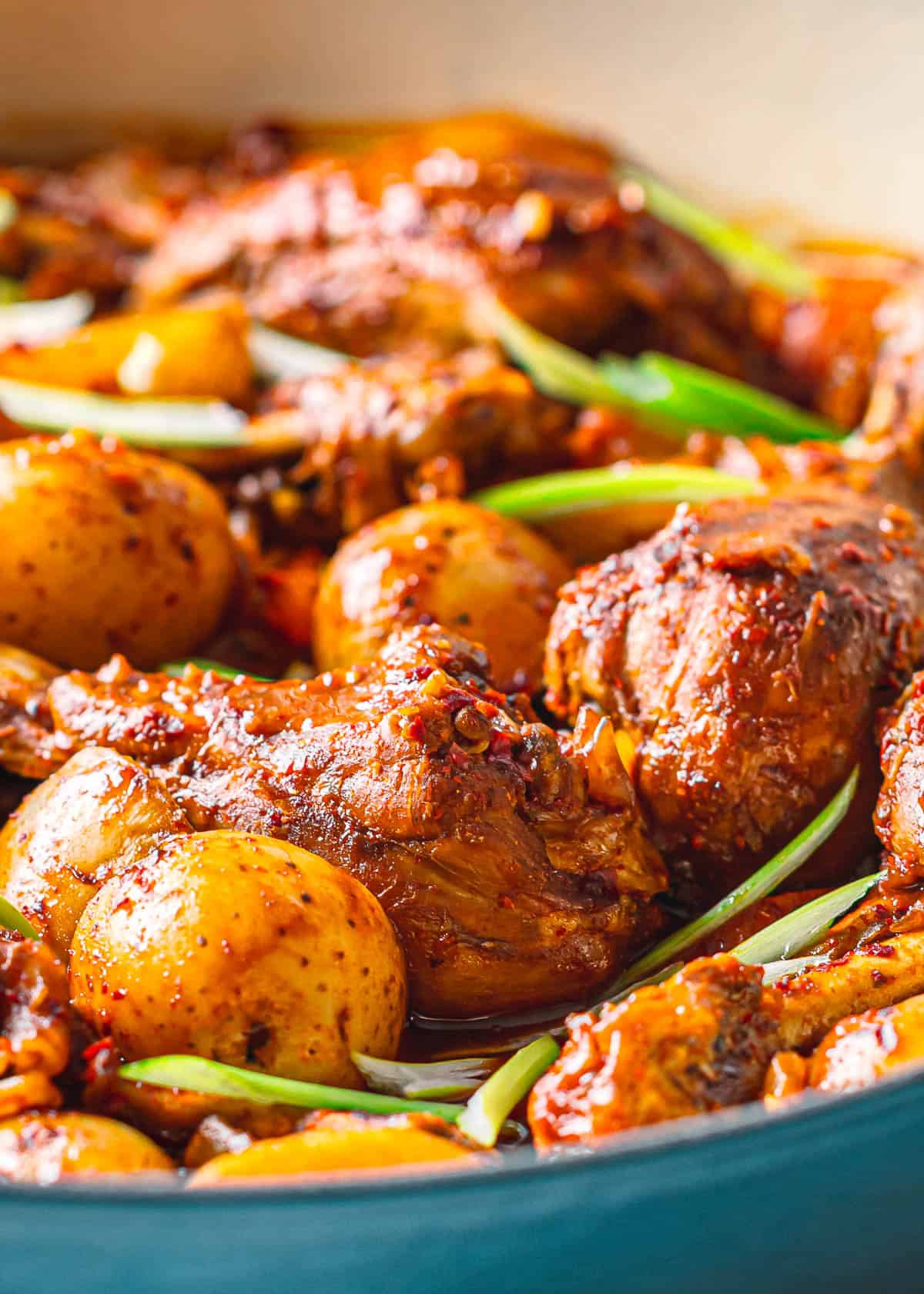
Jump to:
Ingredients for dakbokkeumtang:
Here's what you'll need to make this cozy and flavorful Korean spicy chicken stew. Don't worry if some of these ingredients are new to you - I'll explain what each one does and why it's important!
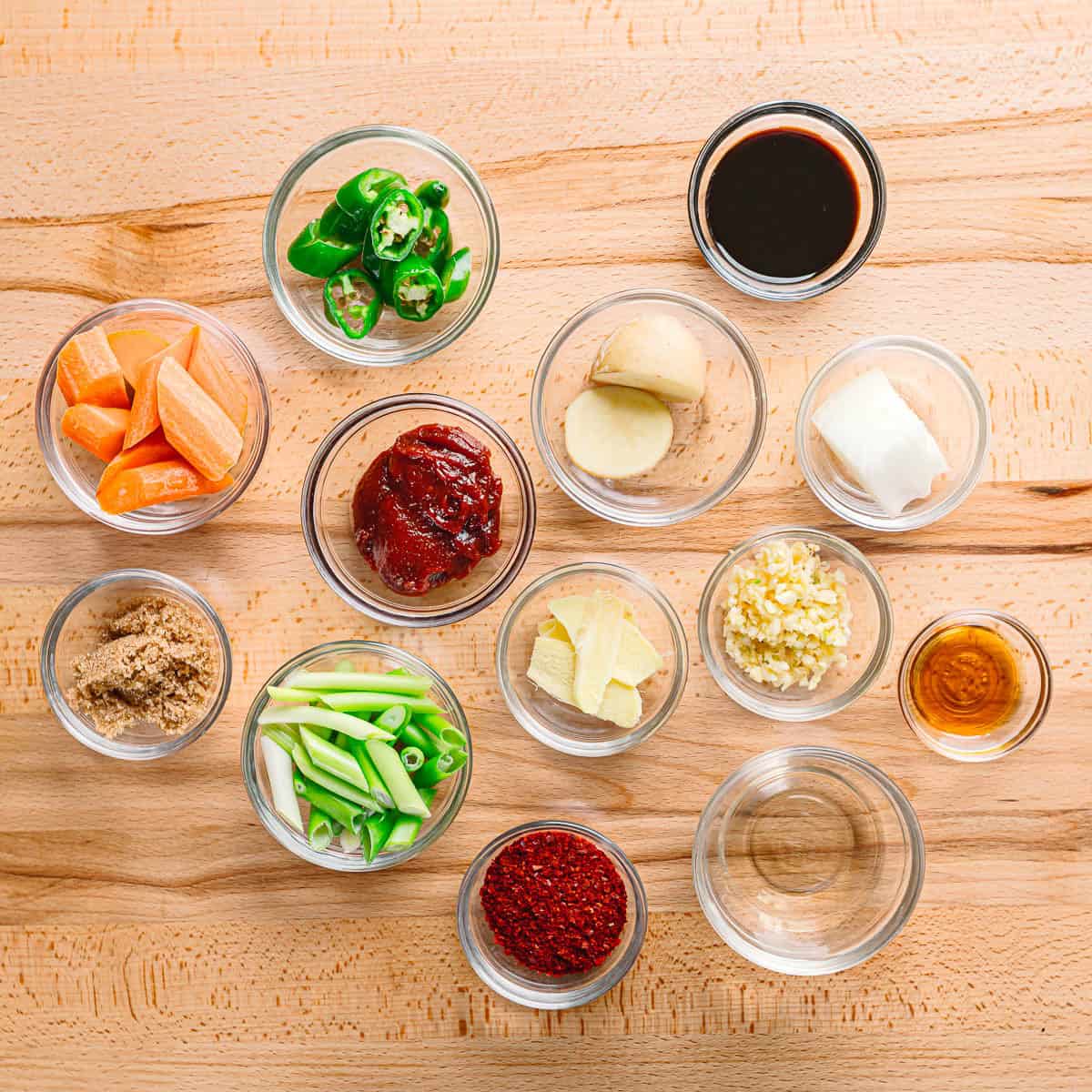
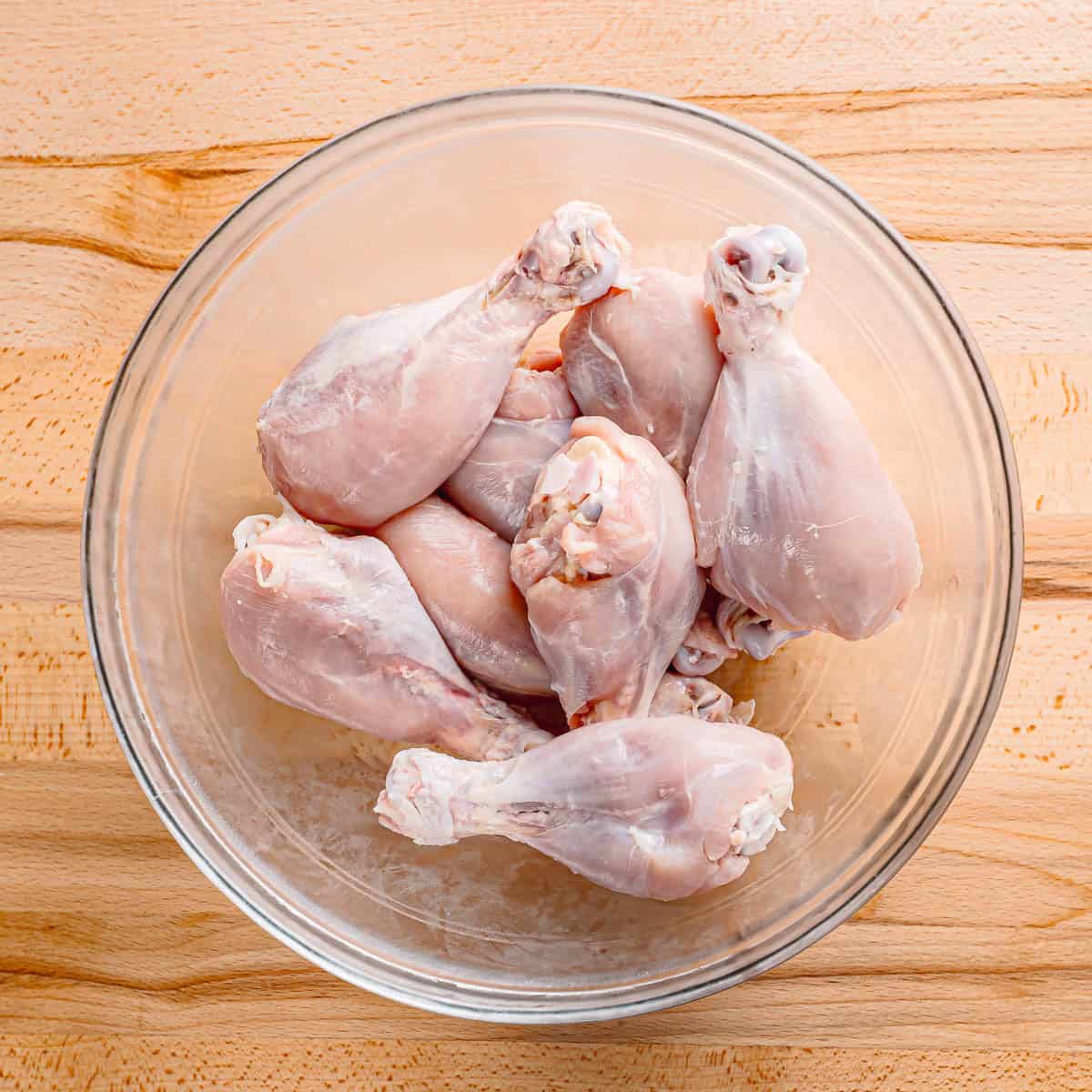
- Potatoes - These help make the stew hearty and filling. They absorb the spicy broth and get nice and soft - so comforting!
- Chicken drumsticks (bone-in, skinless) - I like using drumsticks because the bone adds extra flavor while the meat stays tender and juicy. Removing the skin keeps it a bit lighter but still rich.
- Gochugaru (Korean red chili flakes) - These flakes give the stew its beautiful red color and add a warm, smoky heat. You can adjust the amount depending on how spicy you like it.
- Gochujang (Korean red chili paste) - This thick, deep red paste is one of the key ingredients. It adds a rich, spicy, slightly sweet flavor that makes the stew taste so good.
- Low-sodium soy sauce - Adds saltiness and umami (that savory depth). I use the low-sodium kind so it doesn't get too salty as it cooks down.
- Brown sugar - Just a little bit helps balance the spiciness with a touch of sweetness.
- Sesame oil - This is added at the end for a nutty aroma and smooth finish. It's not cooked for long, just drizzled in to round out the flavor.
- Fresh ginger - Gives a warm, slightly spicy kick and helps cut through the richness of the stew.
- Garlic - A must-have in Korean cooking! It brings strong, earthy flavor and pairs perfectly with the chili paste and soy sauce.
- Korean green pepper or jalapeño - These add extra heat and a fresh, slightly bitter flavor. You can skip them or use more if you like it spicier.
- Carrot - Adds a little sweetness and color. Plus, it soaks up all the delicious broth as it cooks.
- Green onions - for garnish and freshness.
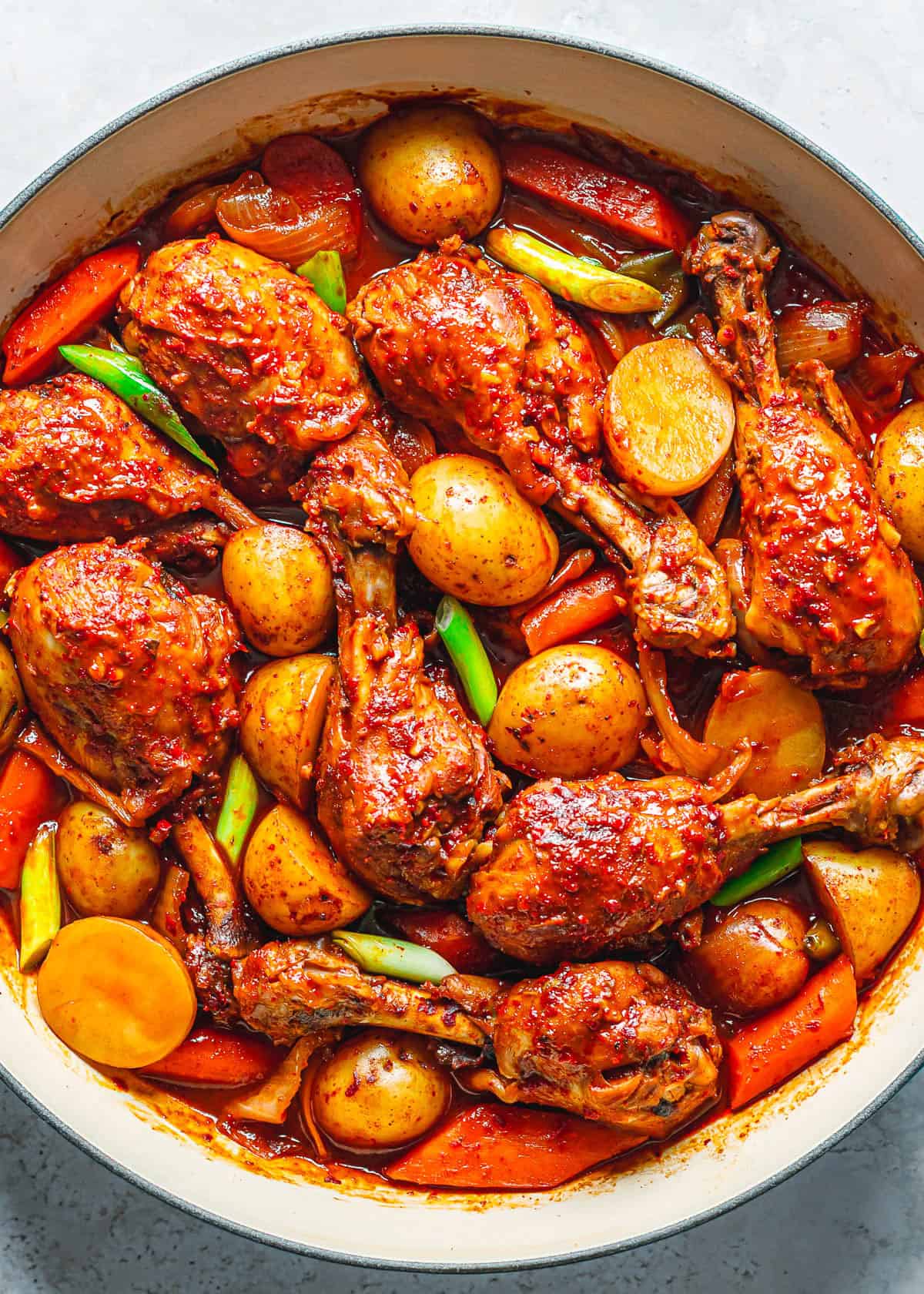
How to Make Korean Spicy Chicken Stew:
Now that we've got everything ready, let's start cooking! This dish comes together in just a few simple steps - and your kitchen is going to smell amazing.
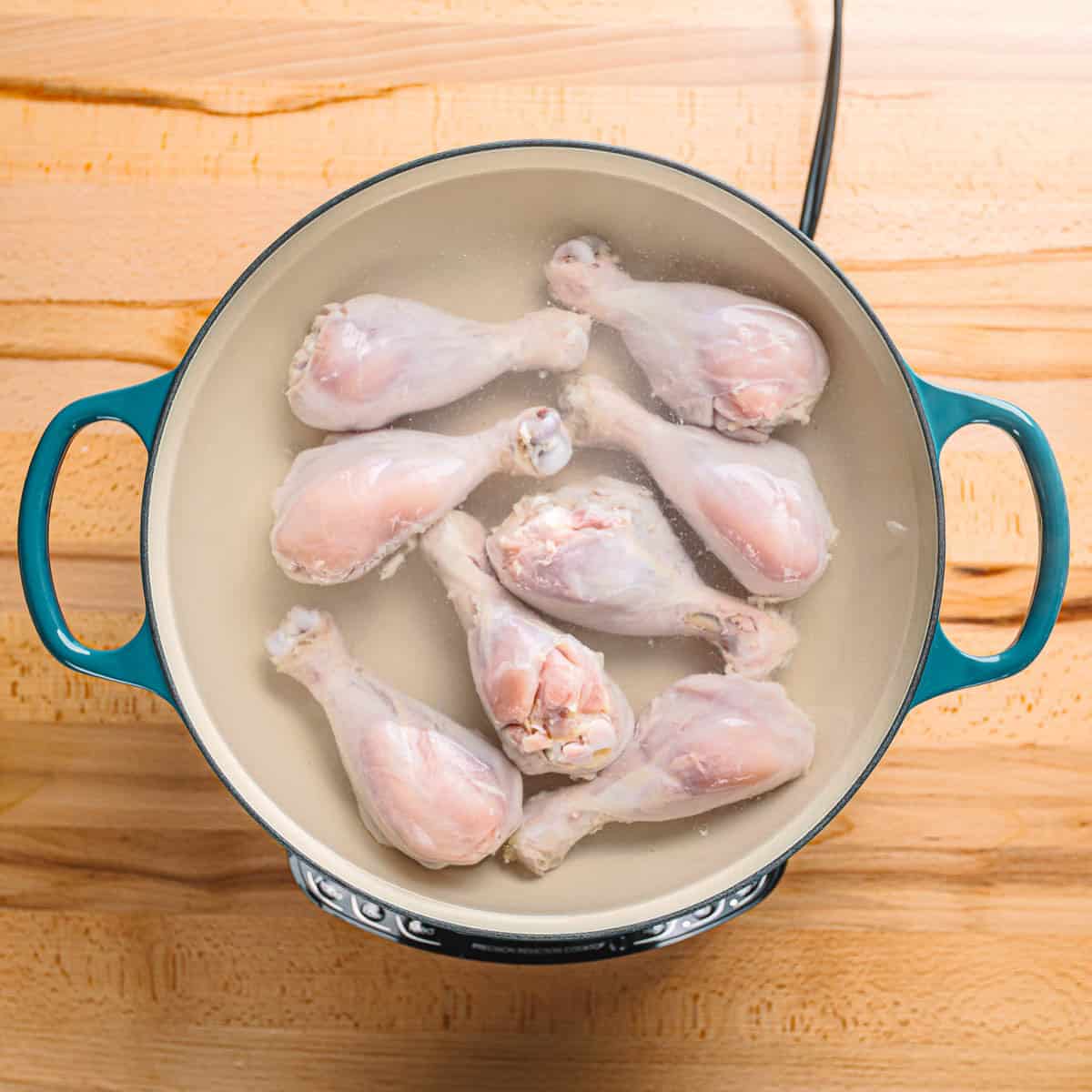
Parboil the chicken
Start by placing your chicken drumsticks in a pot of boiling water. Let them cook for about 3 minutes - this helps remove any extra fat or impurities. Then, drain and rinse the chicken with clean water. This step keeps the stew nice and clean-tasting.
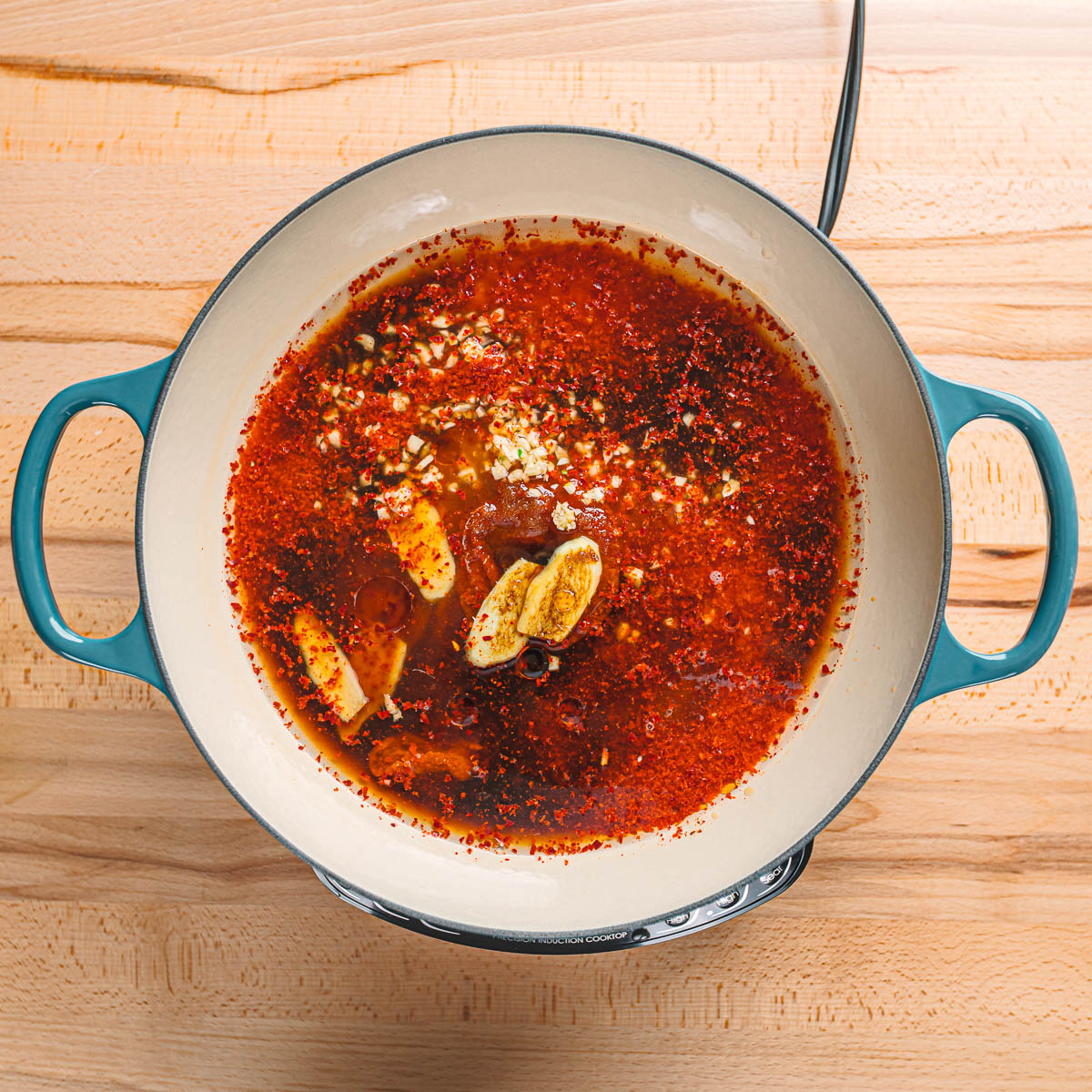
Mix the Sauce
In a large pot, mix together hot water with your gochugaru, gochujang, soy sauce, sugar, sesame oil, sliced ginger, garlic, rice wine, . Give it a good stir so everything blends well.
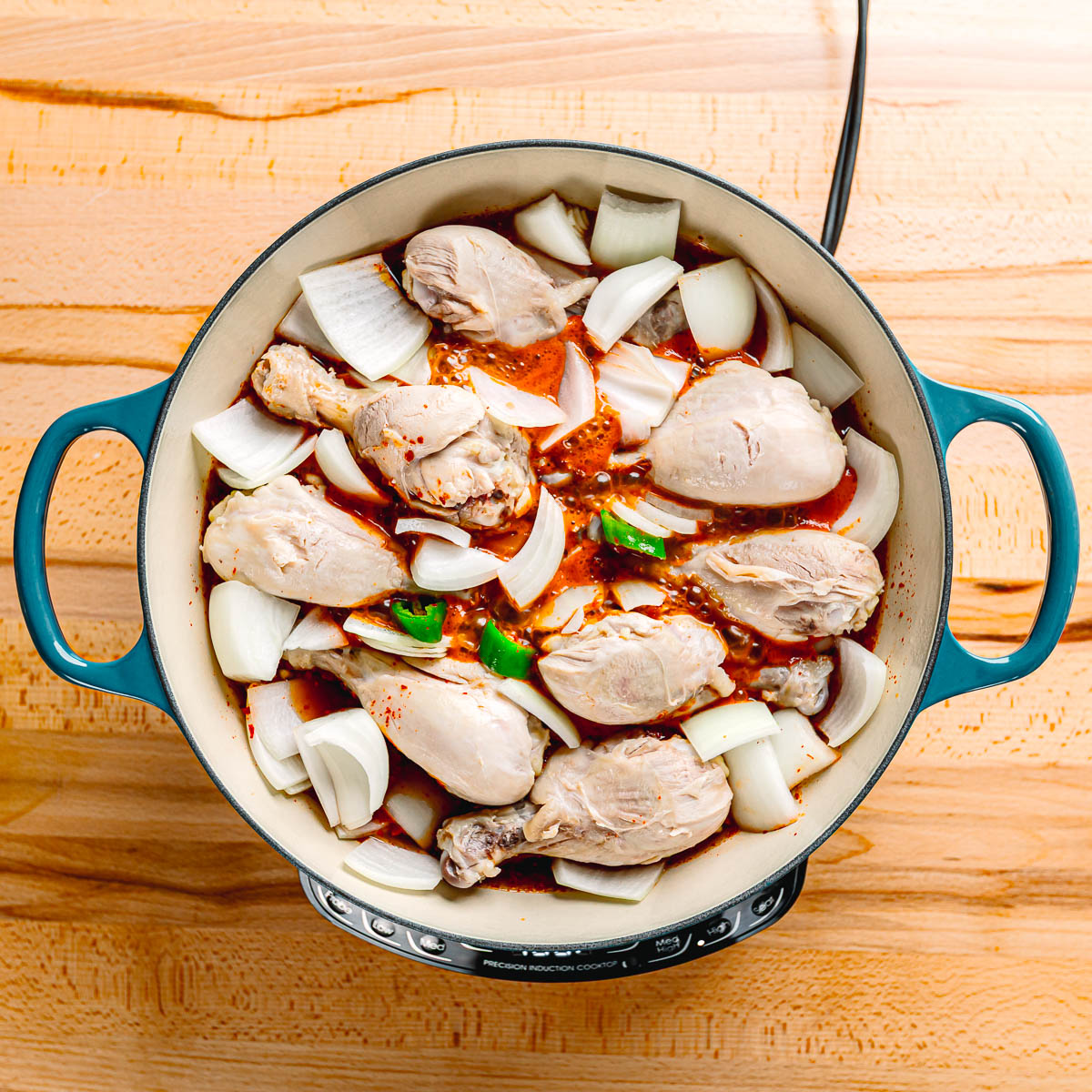
Add the chicken
Add the parboiled chicken, sliced pepper (Korean green pepper or jalapeño), and onion to the pot and bring it all to a boil over medium-high heat.
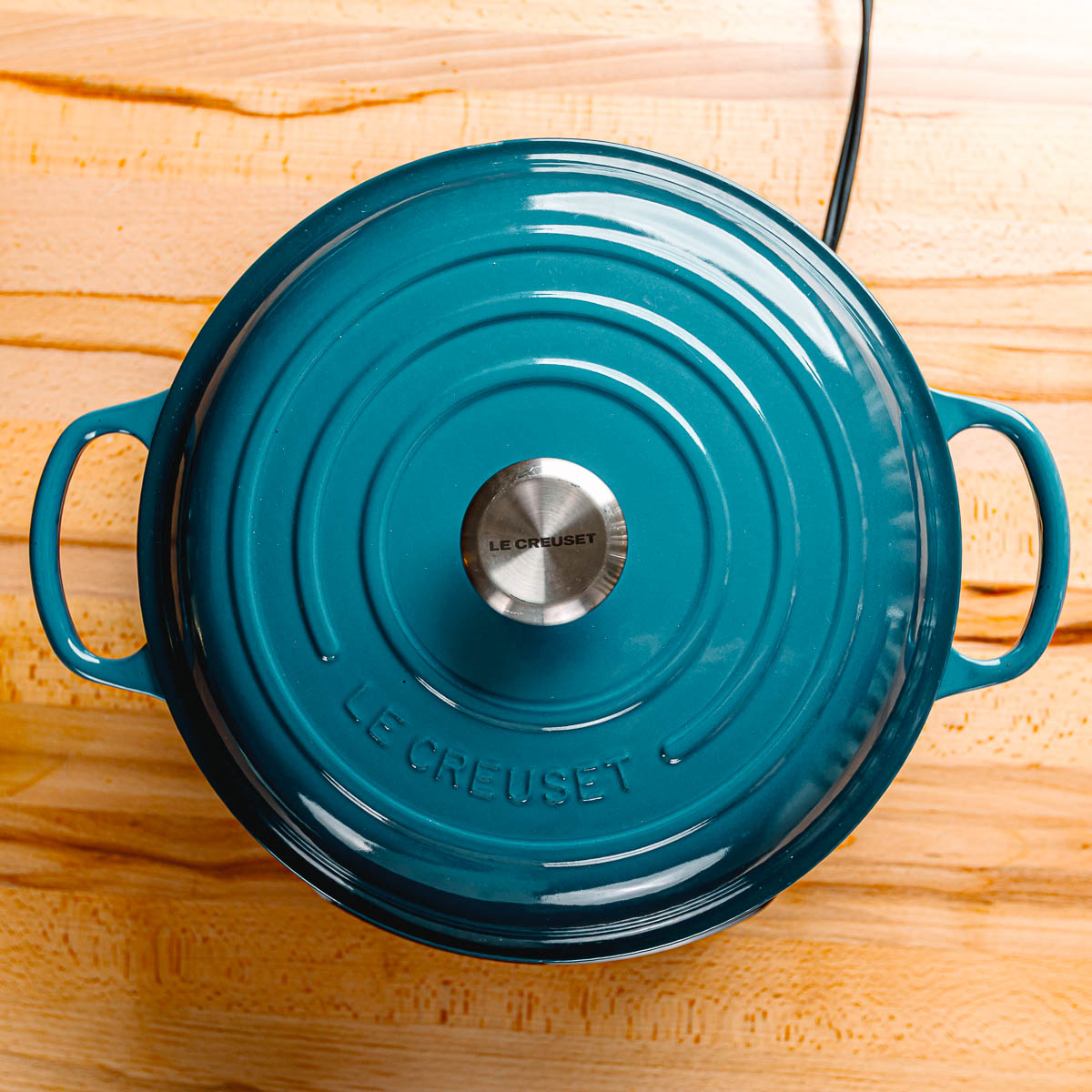
Braise the chicken
Once it starts boiling, reduce the heat to medium-low, cover the pot, and let it simmer for about 20 minutes. The chicken will start soaking up all those bold, spicy-sweet flavors.
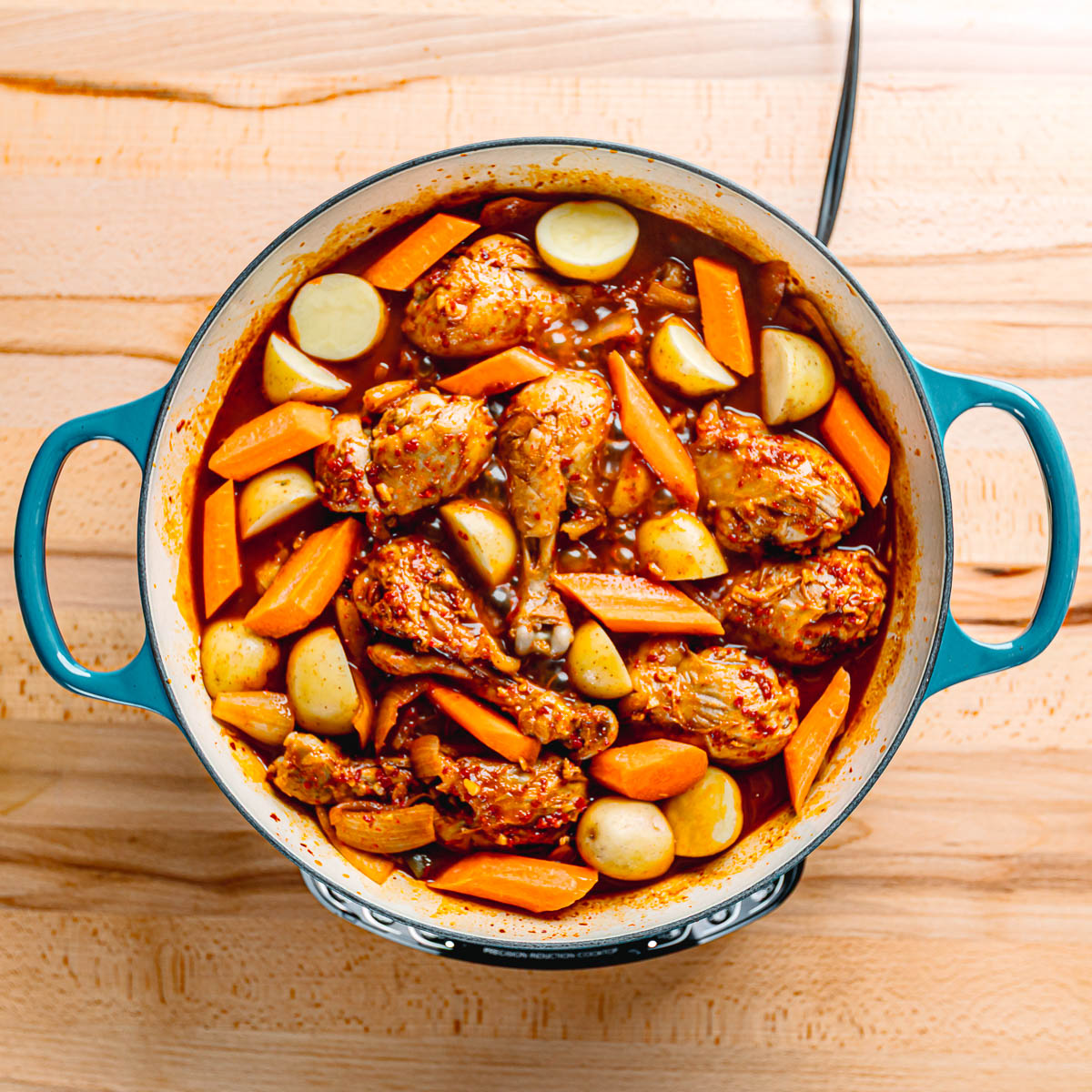
ADD POTATOES AND CARROTS
Now toss in the carrots and potatoes. Cover the pot again and continue braising for another 15 to 20 minutes, or until the vegetables are soft and the sauce has thickened a bit. Give it a gentle stir now and then so everything cooks evenly.
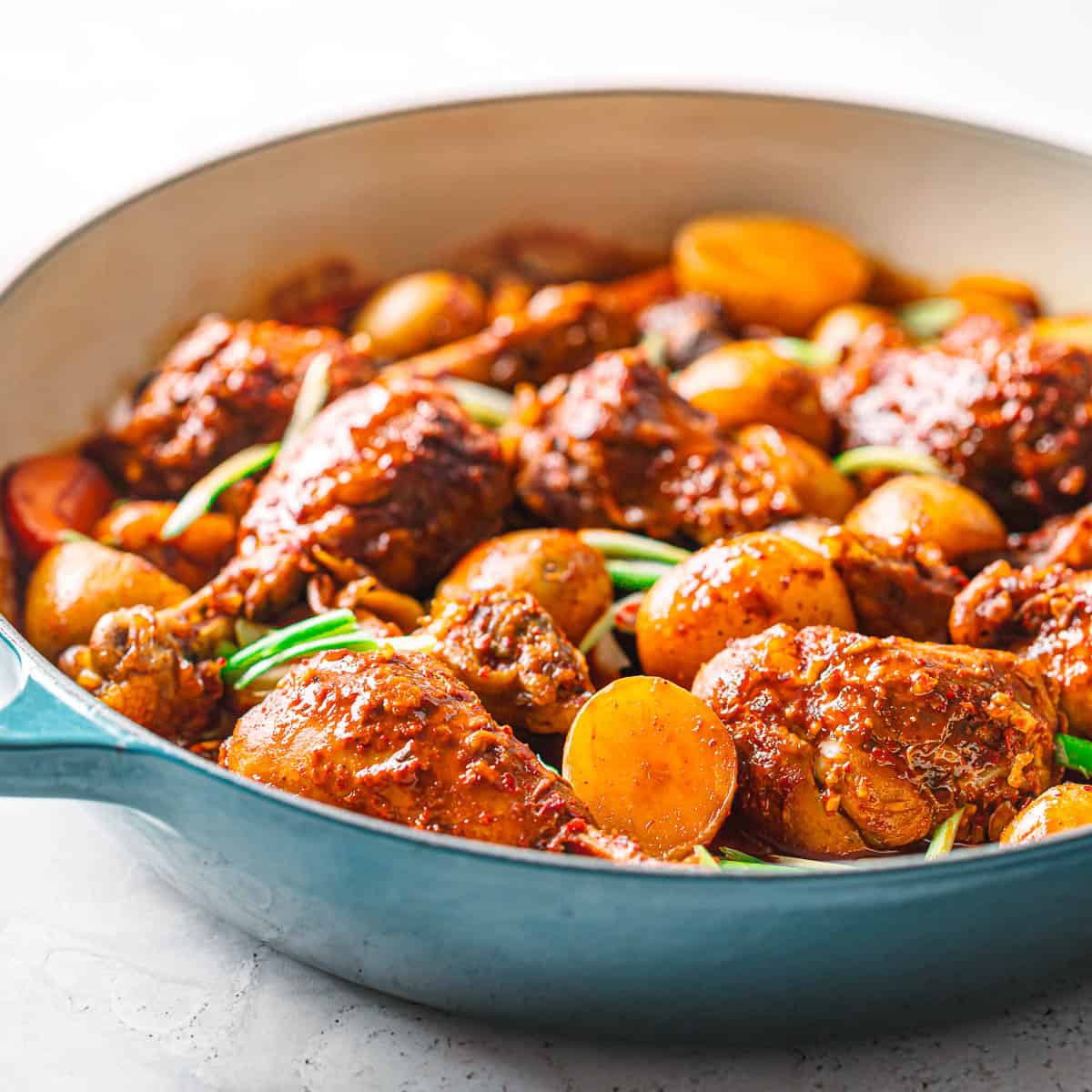
Tips for the Best dakdoritang:
- Adjust the spice to your taste.
If you're sensitive to heat, start with less gochugaru and gochujang, and add more as you go. If you love spice, toss in an extra pepper or a bit more chili flakes for that fiery kick. - Use bone-in chicken for more flavor.
Drumsticks or thighs with the bone give the stew a deeper, richer taste. But if you prefer boneless, that works too - just reduce the cooking time a little so it doesn't dry out. - Cut veggies into big chunks.
Since the stew simmers for a while, make sure your potatoes and carrots are cut into thick pieces so they don't get too soft or fall apart. - Watch the liquid level.
Make sure there's enough sauce in the pot while cooking, so nothing sticks or burns. If it's looking too dry, add a little water or broth. On the flip side, if there's too much liquid at the end, you can simmer uncovered for a few minutes to reduce and thicken the sauce. - Adjust cooking time as needed.
Every stove and pan is a little different, and the thickness of your chicken can also affect cook time. Just make sure the chicken is fully cooked through and tender - don't be afraid to let it go a little longer if needed. - Stir and baste as it braises.
While it's cooking, gently stir once in a while and spoon some of the broth over the chicken and vegetables. This keeps everything moist, helps prevent burning, and makes sure every bite gets that flavorful sauce. - Let it rest before serving.
Like many stews, this one tastes even better after it sits for a few minutes. The flavors come together beautifully once it cools just a little. - Serve with rice.
A bowl of hot, fluffy white rice is the perfect match. It soaks up all that spicy, savory sauce and makes the meal super satisfying.
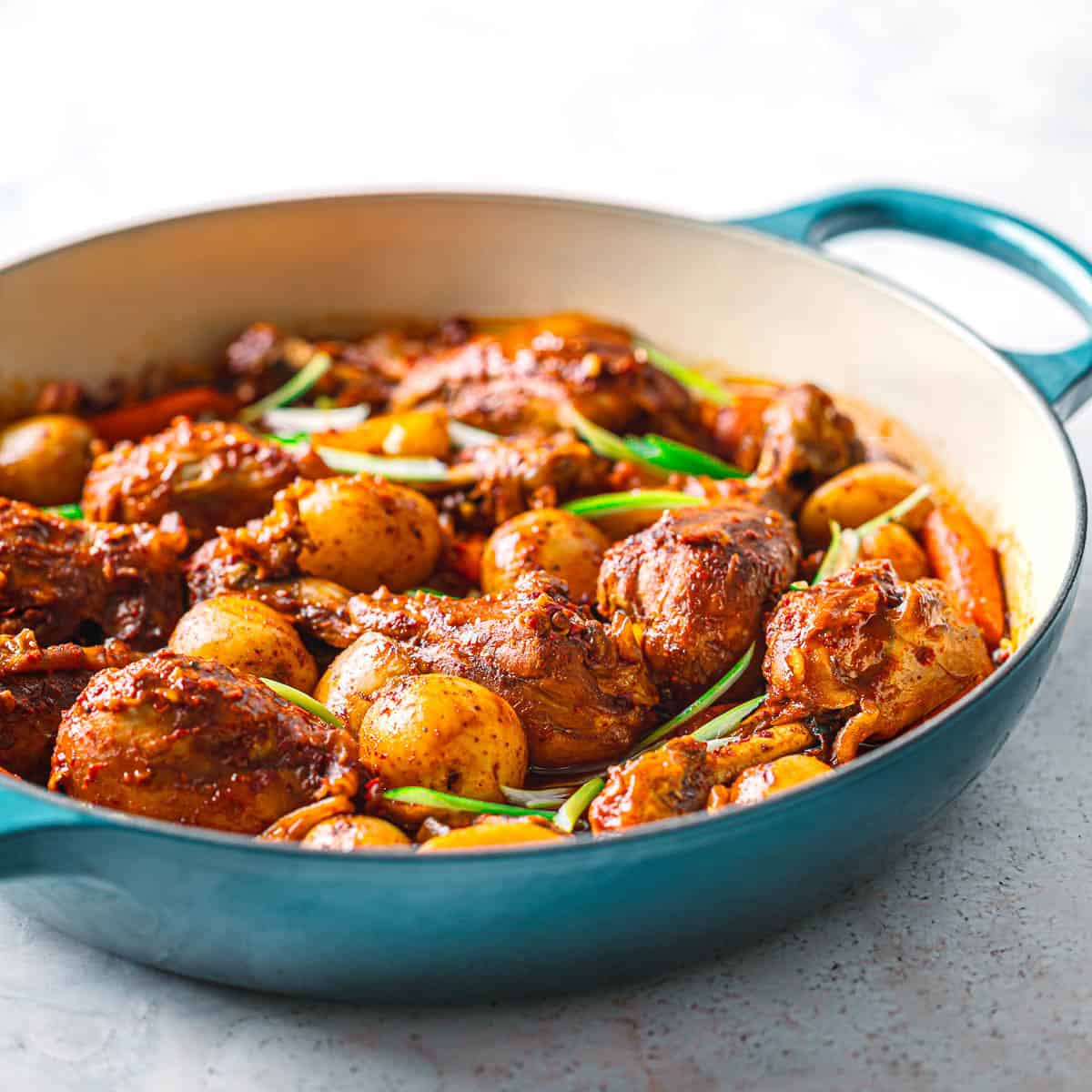
How to Store and reheat Leftover Dakbokkeumtang:
In the Fridge:
- Cool it down: Let the stew cool to room temperature. Don't leave it out for more than 2 hours.
- Transfer to airtight container: Store in a glass or BPA-free plastic container with a tight lid.
- Refrigerate: Place in the fridge. It will stay good for 3-4 days. You can find more info about it here.
- Reheat: Gently reheat on the stovetop or microwave until it's piping hot, stirring occasionally.
Tip: The flavors deepen overnight-it might taste even better the next day!
In the Freezer:
- Cool completely before freezing.
- Portion it: Divide into meal-sized portions to make reheating easier.
- Use freezer-safe containers or heavy-duty freezer bags. Leave some space at the top for expansion.
- Label with date: So you remember when you froze it.
- Freeze: Keeps well for up to 2 months.
To thaw: Place in the fridge overnight, then reheat thoroughly on the stove.
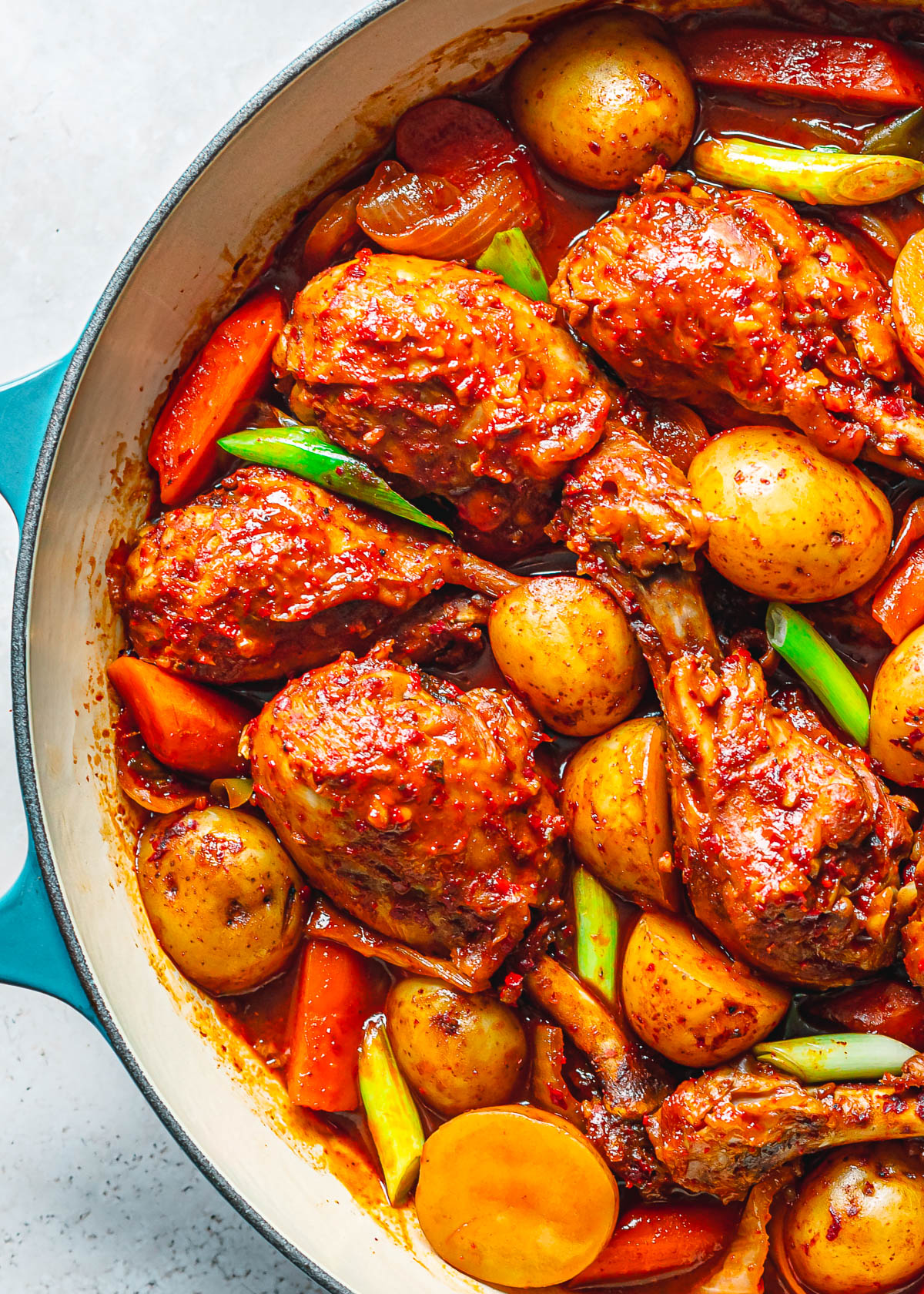
📖 Recipe
Korean Spicy Chicken Stew
Equipment
- a braiser
Ingredients
- 8 chicken drumsticks, (bone-in with, or without skin)
- 1 (10 oz) yellow onion, (cut into big chunks)
- 8 oz baby potatoes, (cut in half)
- 2 carrots, (cut into big chunks)
- 1 Korean green chili pepper or Jalapeno , (slice)
- 6 garlic cloves, (minced)
- 5 thin slices of ginger
- 3 tablespoons gochujang (Korean red chili paste)
- 2 tablespoons gochugaru (Korean red chili pepper flakes), (coarse)
- ¼ cup low-sodium soy sauce
- 1 tablespoons sesame oil
- 2 tablespoons rice wine vinegar or mirin
- 2 tablespoons brown sugar
- 1½ cups hot water
- salt and black pepper, (to taste)
- 2 stalks of green onions, (chopped)
Instructions
- Fill a braiser pan with 5-6 cups of water, bring to a boil, and blanch the chicken drumsticks for 3 minutes. Drain and rinse.
- In a clean braiser pan, mix together 1½ cups of hot water with your gochugaru, gochujang, soy sauce, sugar, sesame oil, sliced ginger, garlic, and rice wine.
- Add the parboiled chicken, sliced pepper, and onion to the pot. Bring to a boil over medium-high heat, then reduce to medium-low, cover, and simmer for 20-25 minutes. Stir occasionally.
- Add the carrots and potatoes, cover, and braise for another 15-20 minutes, or until the vegetables are tender. Stir occasionally.
- Taste and adjust seasoning as needed. Garnish with freshly chopped green onion and serve with rice.
Notes
- Adjust the spice to your taste.
If you're sensitive to heat, start with less gochugaru and gochujang, and add more as you go. If you love spice, toss in an extra pepper or a bit more chili flakes for that fiery kick. - Stir and baste as it braises.
While it's cooking, gently stir once in a while and spoon some of the broth over the chicken and vegetables. This keeps everything moist, helps prevent burning, and makes sure every bite gets that flavorful sauce. - Watch the liquid level.
Make sure there's enough sauce in the pot while cooking, so nothing sticks or burns. If it's looking too dry, add a little water or broth. On the flip side, if there's too much liquid at the end, you can simmer uncovered for a few minutes to reduce and thicken the sauce. - Adjust cooking time as needed.
Every stove and pan is a little different, and the thickness of your chicken can also affect cook time. Just make sure the chicken is fully cooked through and tender - don't be afraid to let it go a little longer if needed. - Storage: Keep leftovers in the fridge for 3-4 days or freeze for up to 2 months.

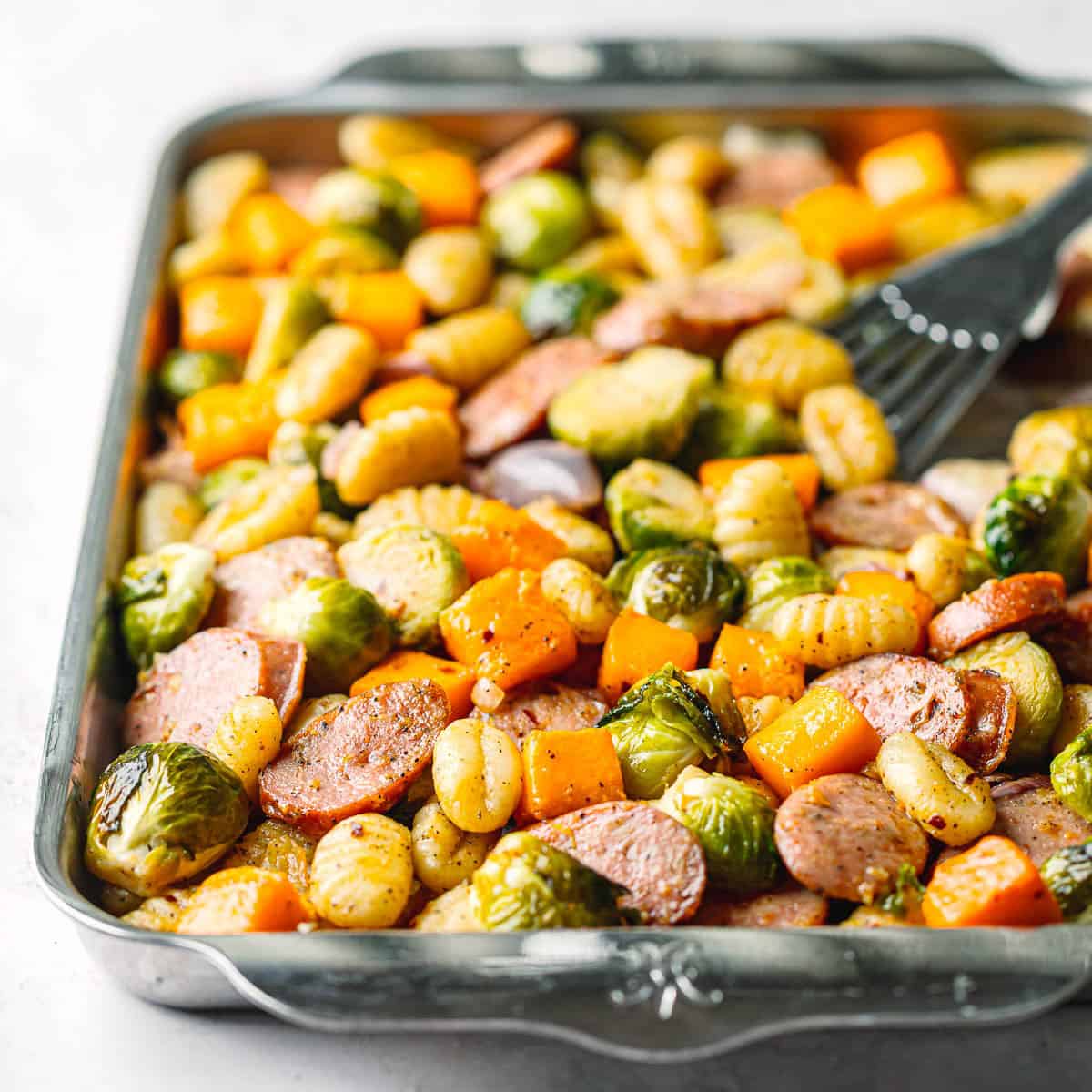
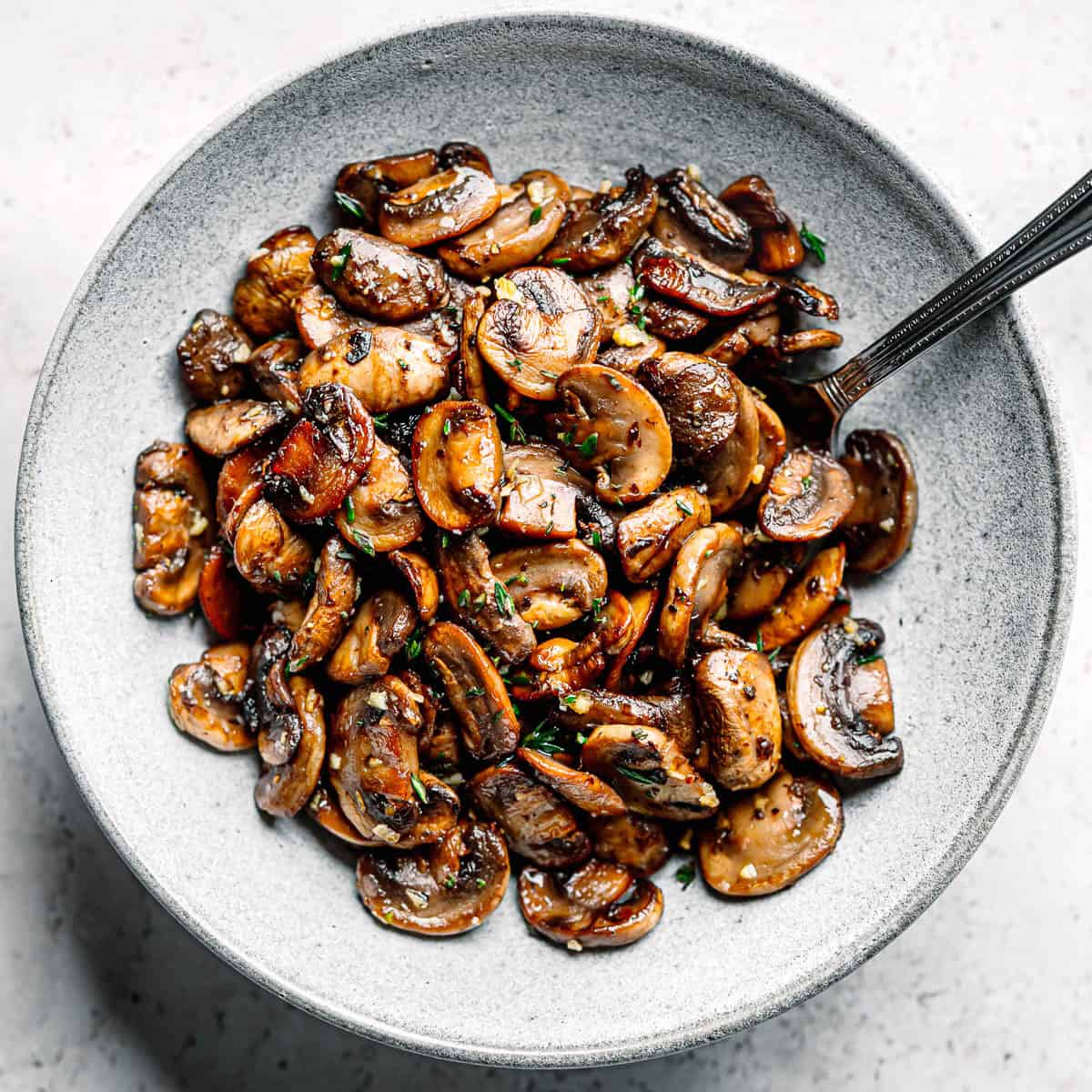
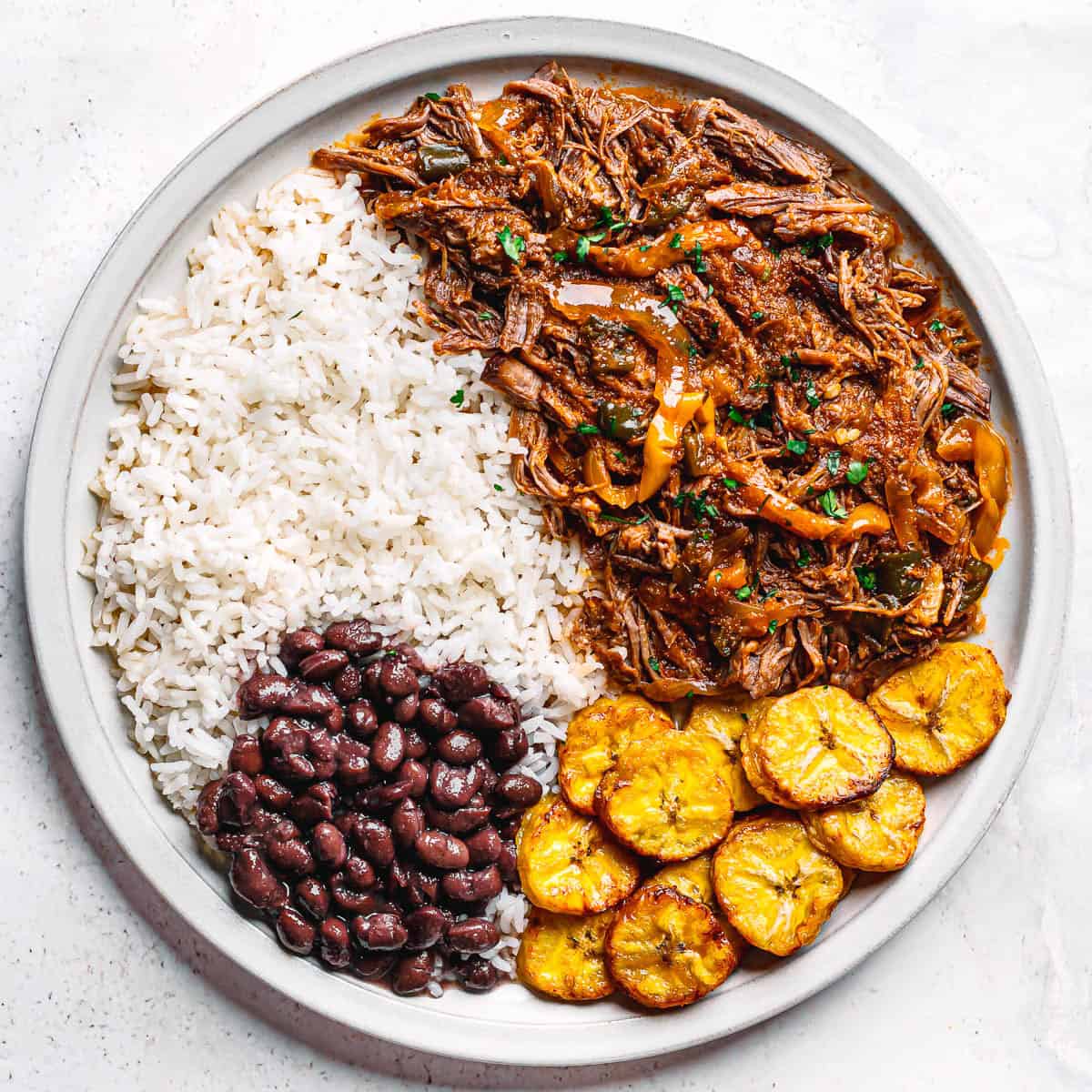
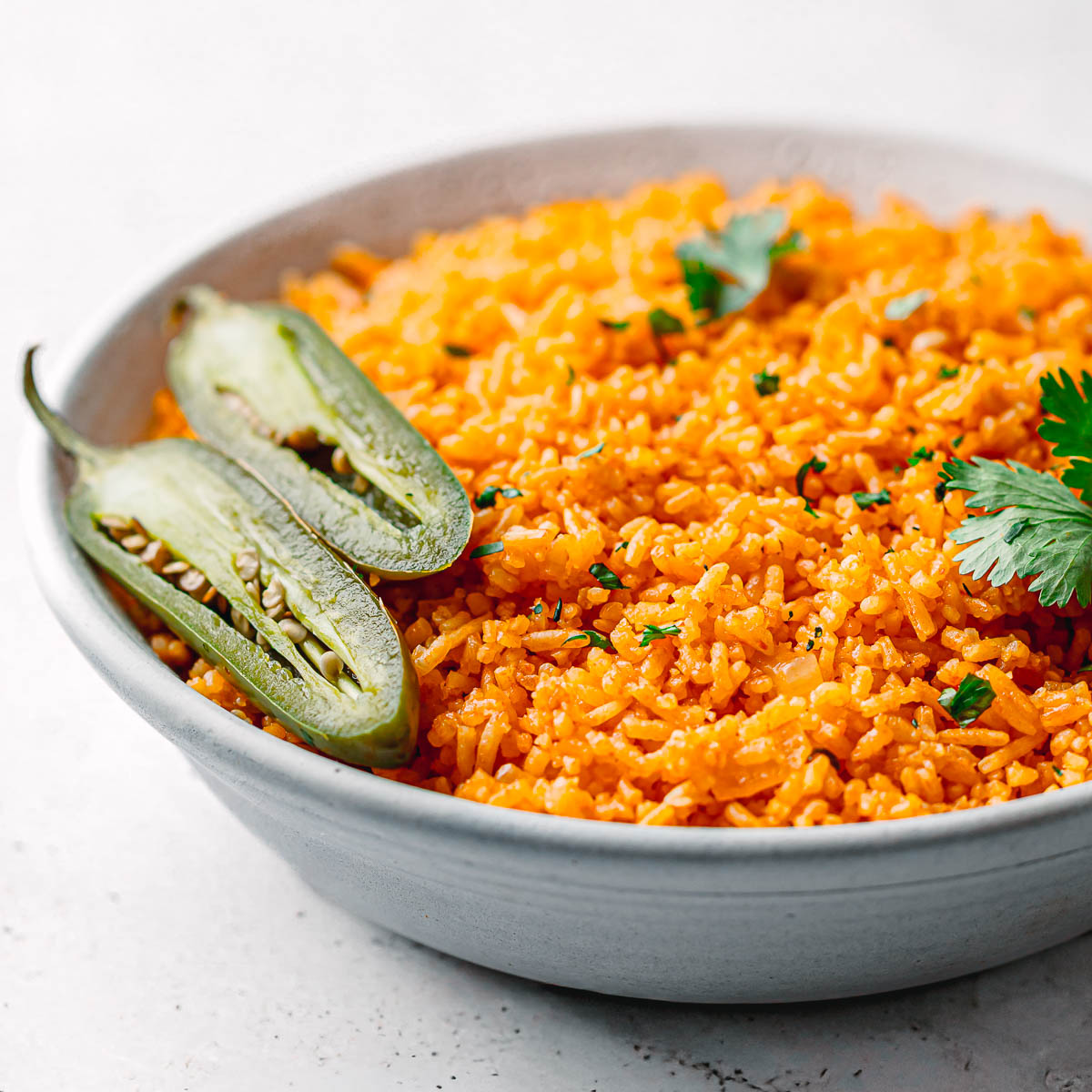
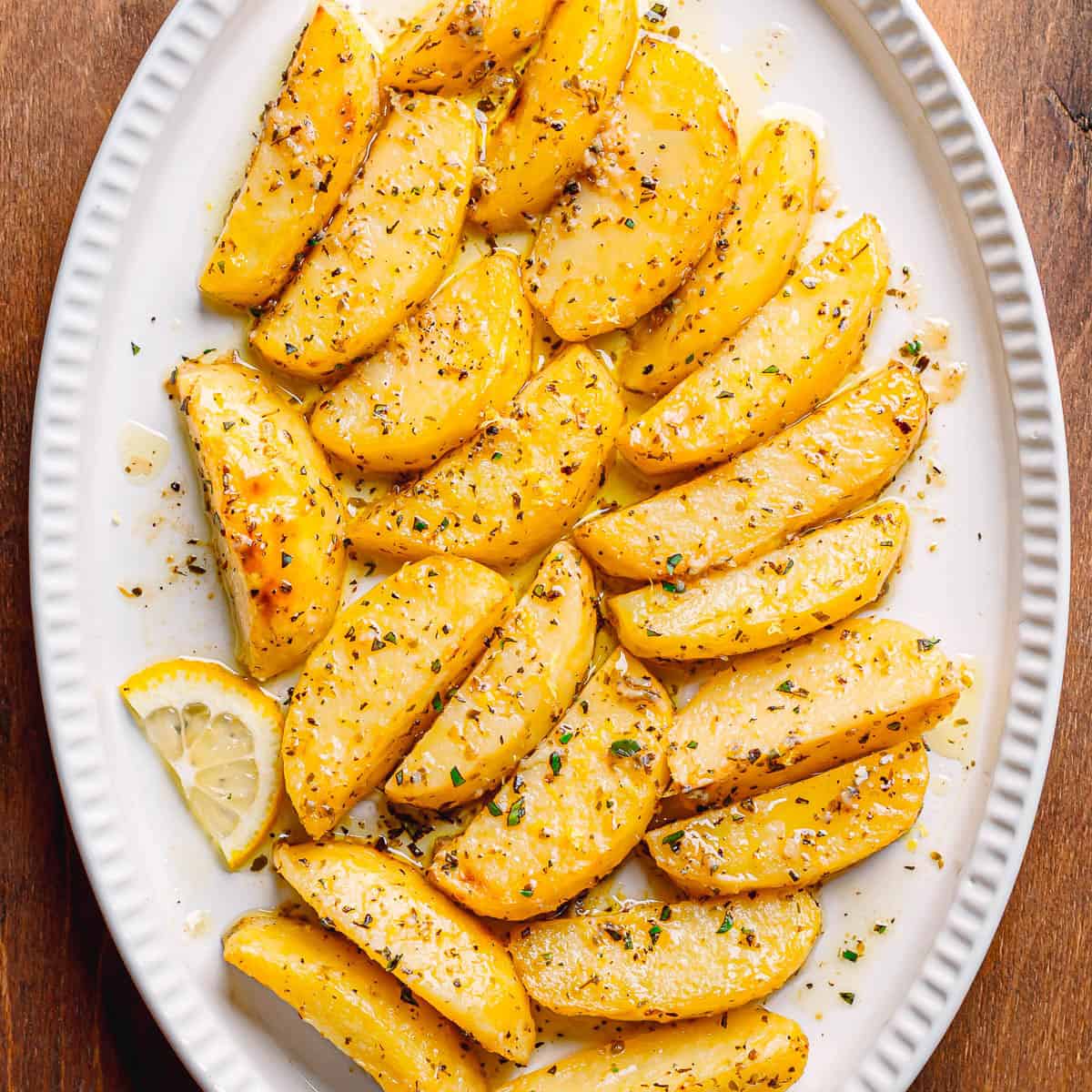
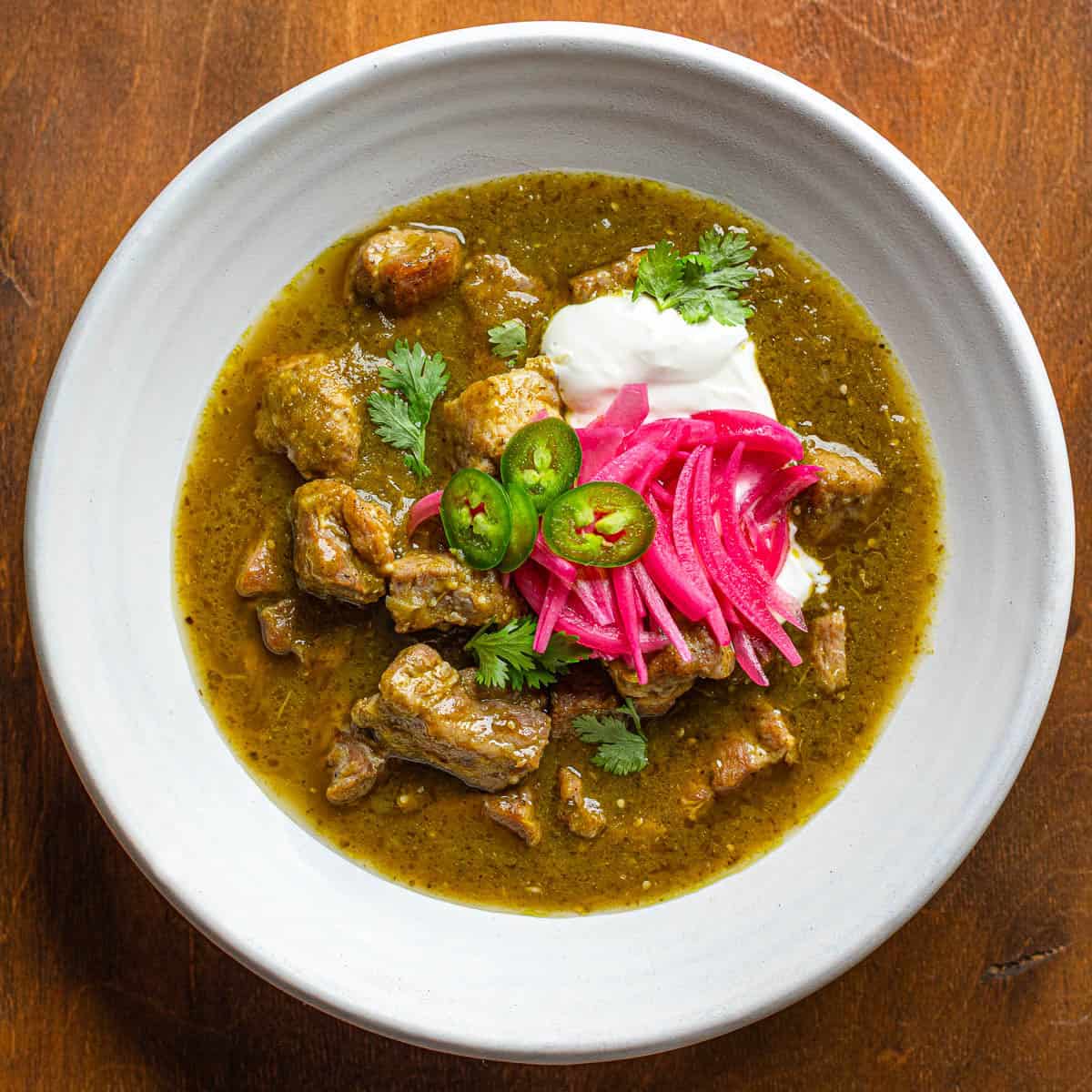
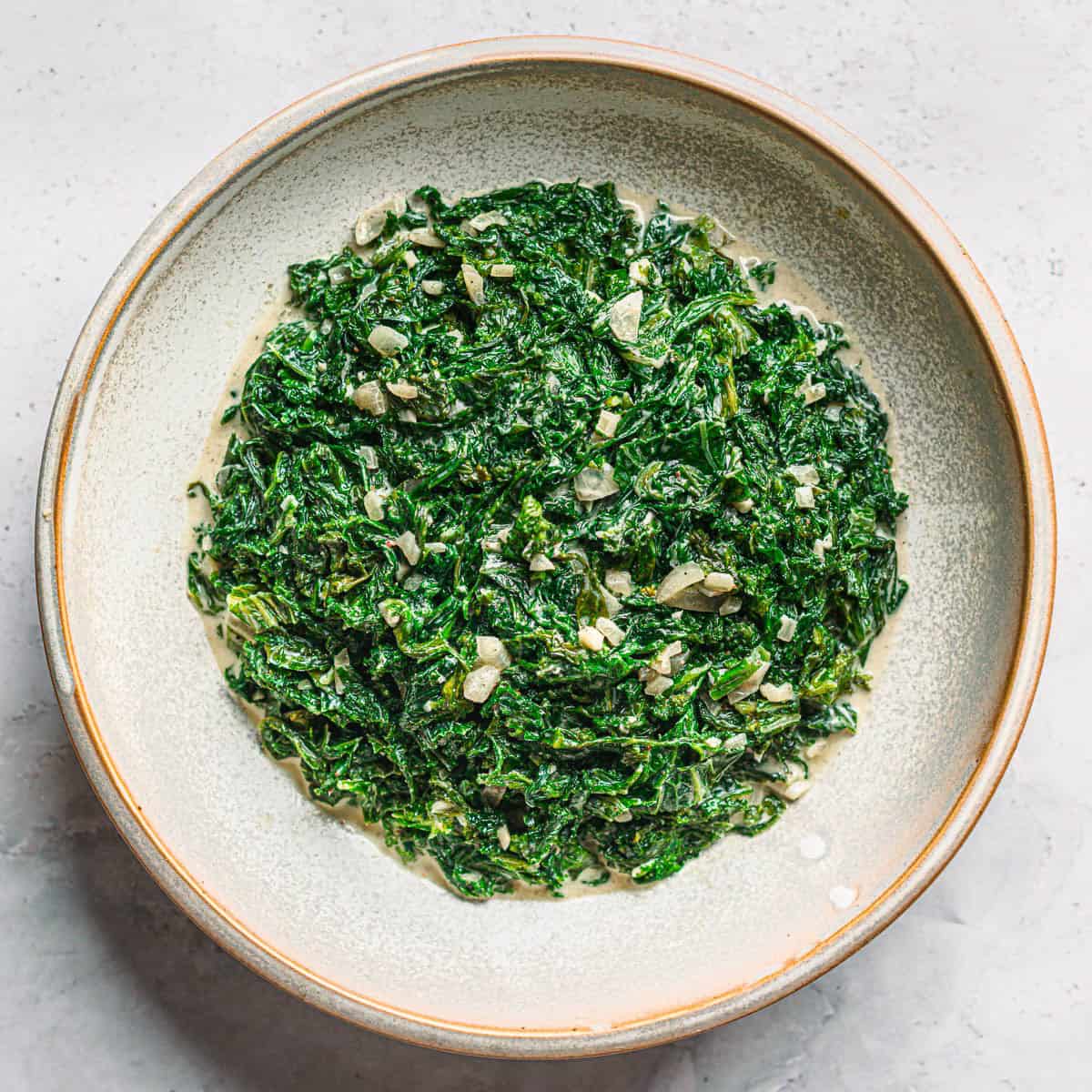
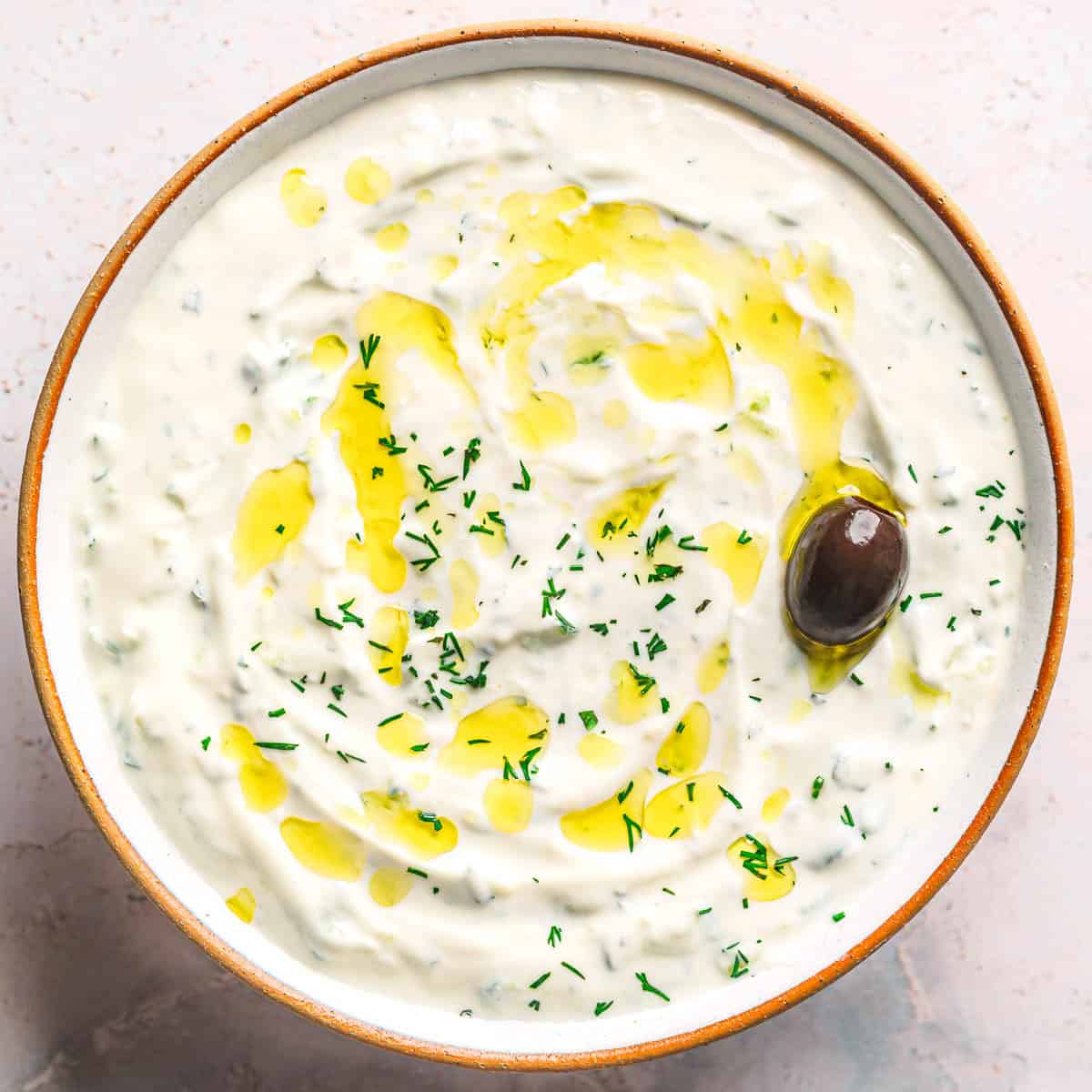


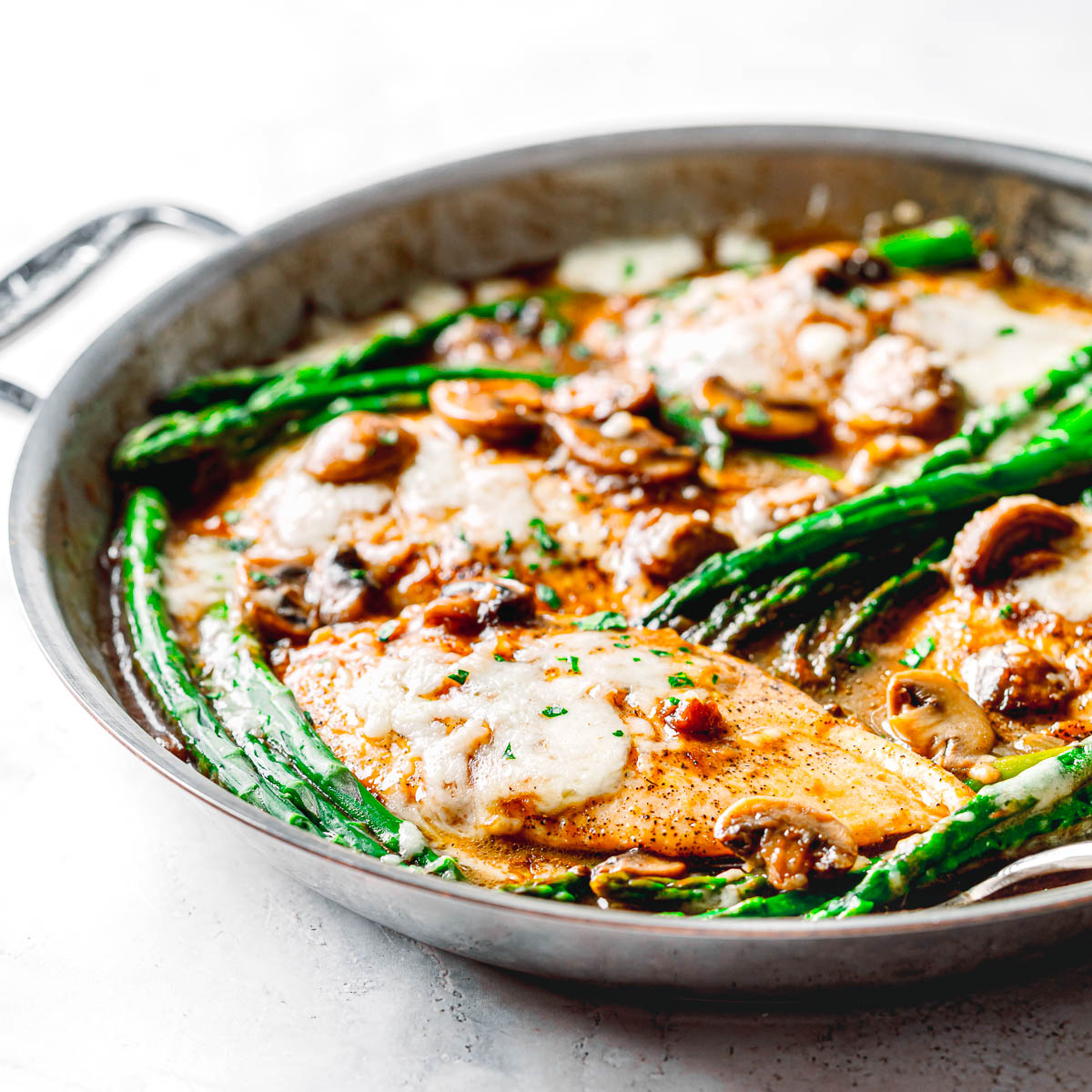
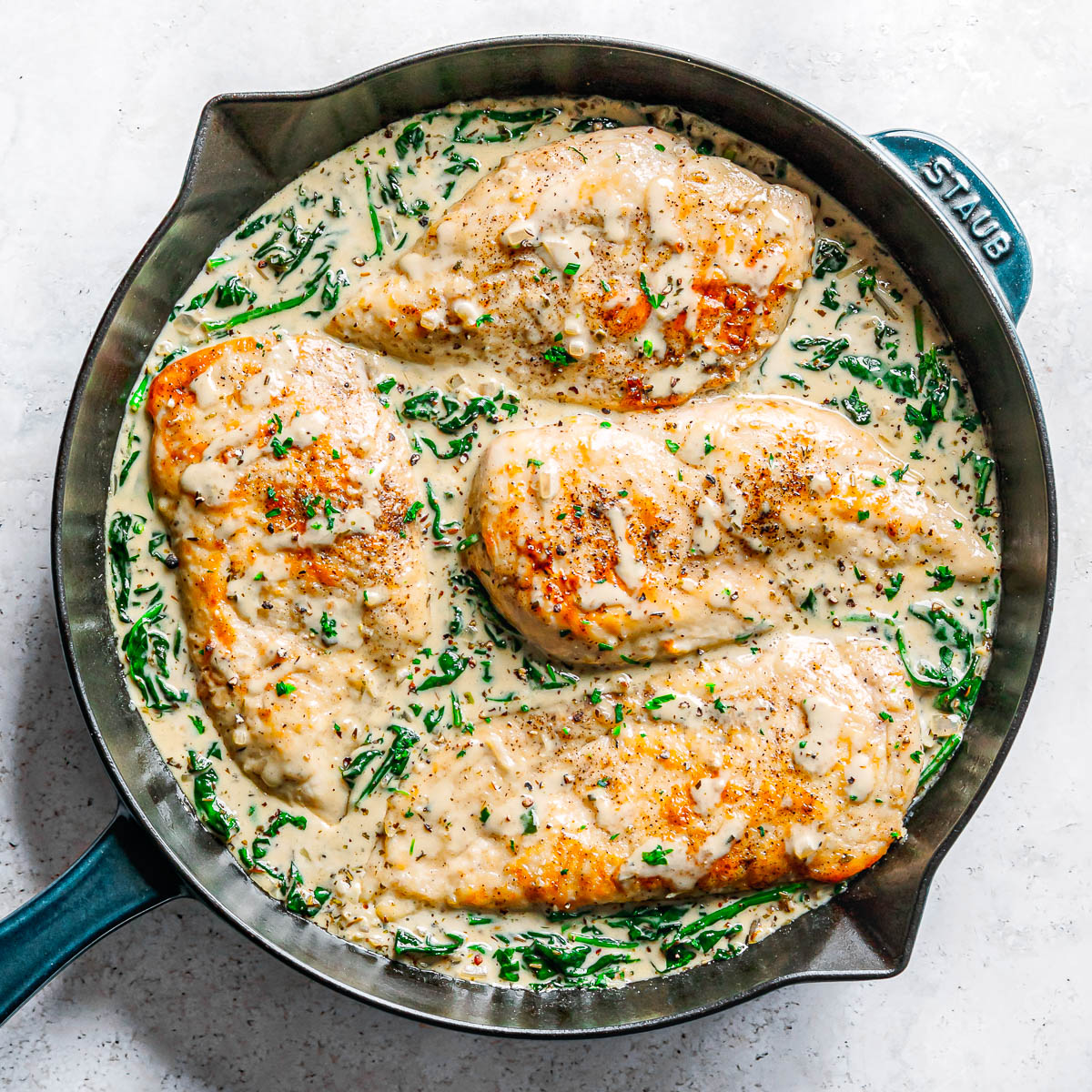

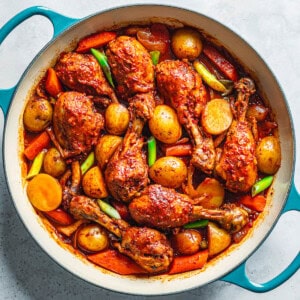
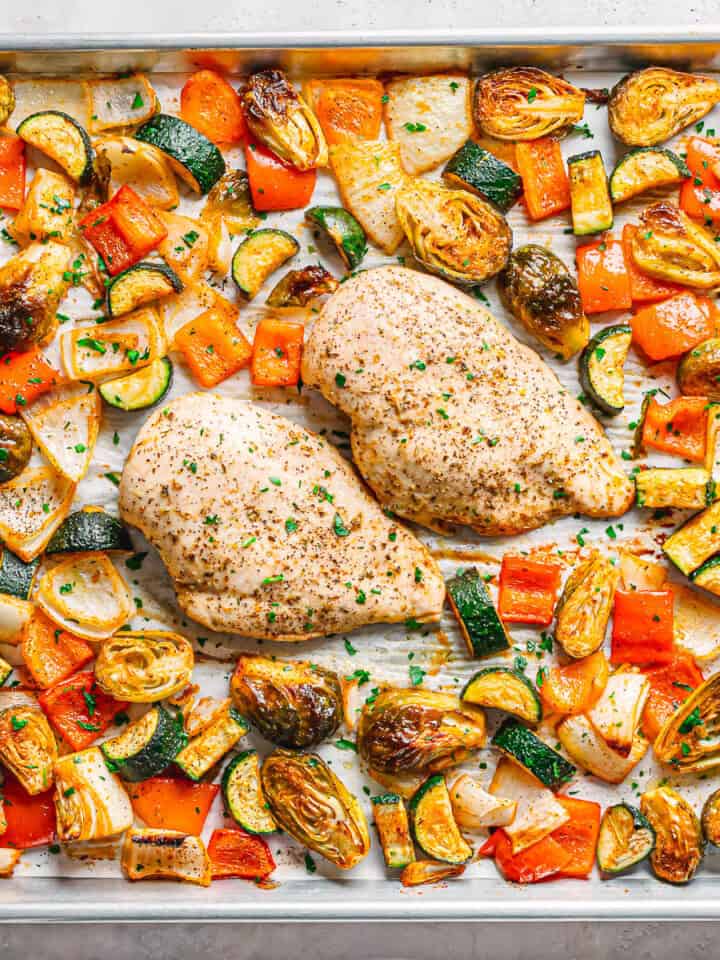


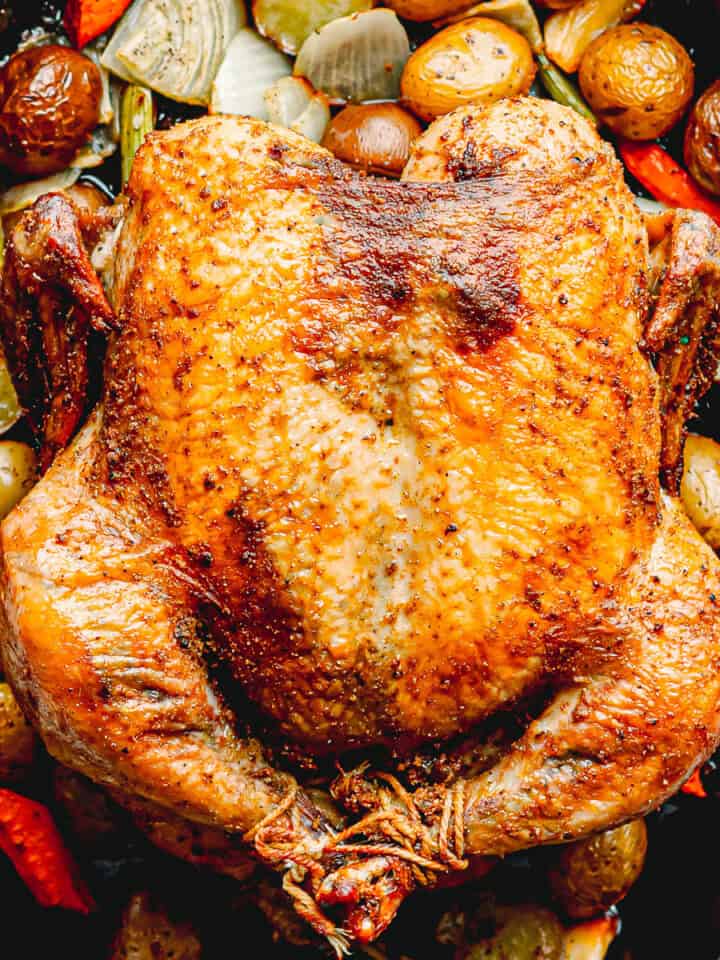
Rika says
This delicious Korean comfort food is a must-try! It’s super easy to make and tastes just as good as what you'd find at a Korean restaurant.